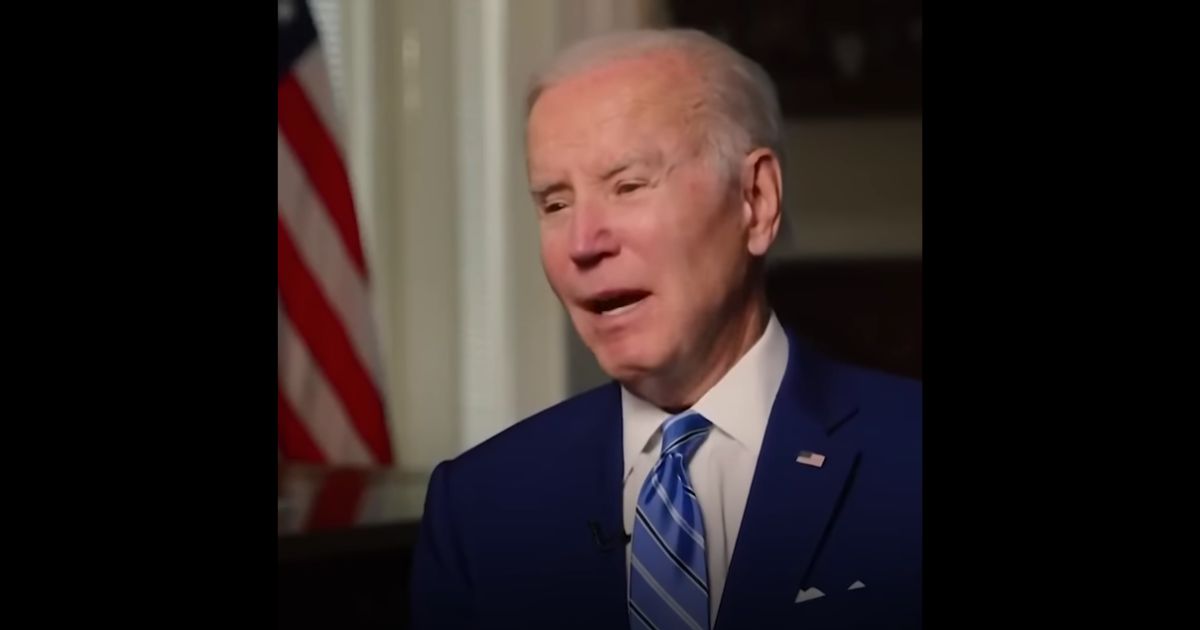Tim Walz's Educational Bill Falls Short of Raising Minnesota's Test Scores
Governor Tim Walz's historic $2.3 billion education spending bill has yet to improve Minnesota's student test scores.
According to a report from The Daily Caller, despite the massive financial investment in Minnesota's education system, recent data shows little improvement in student performance.
The legislation, signed by Walz in 2023, was touted as the largest education investment in Minnesota's history. It aimed to improve child literacy and included provisions for ethnic studies curricula and increased pre-k education funding. However, the latest round of state test scores reveals that approximately half of public school students still fail to meet grade-level standards.
Stagnant Test Scores Despite Increased Funding
The Minnesota Department of Education addressed the lack of progress in an August 29 press release, stating that the long-term investments from the 2023 legislative session are still being implemented.
The department expressed optimism about the future impact of these investments, suggesting that once fully implemented, they will positively affect students for years to come.
However, the current data paints a concerning picture. When Walz took office in 2019, about 60% of Minnesota public school students met state reading standards, and 55% were proficient in math. As of 2024, those numbers have dropped to 50% for reading proficiency and 45% for math proficiency.
Pandemic Impact And National Comparison
While most states experienced a decline in test scores during the pandemic, Minnesota's drop was notably worse than the national average.
In 2015 and 2017, Minnesota's fourth-grade math scores were 10 points above the national average. By 2022, that lead had shrunk to just four points above the national average.
This significant decline has raised questions about the effectiveness of the state's education policies and the impact of the pandemic on student learning.
Financial Challenges Despite Increased Funding
Despite the massive influx of cash, many school districts in Minnesota are facing financial difficulties. Minneapolis Public Schools, for instance, is expecting a $116 million budgetary shortfall.
This situation has led to concerns about the allocation and management of funds within the education system. Critics argue that simply increasing funding without addressing systemic issues may not be sufficient to improve educational outcomes.
The financial challenges faced by school districts, even with increased funding, highlight the complexity of education reform and the need for strategic allocation of resources.
Controversial Curriculum Changes
The education spending bill also introduced controversial elements into the curriculum, particularly in the realm of ethnic studies.
The new requirements mandate that first-graders "identify examples of ethnicity, equality, liberation and systems of power" and use these examples to construct meanings for these terms. High school students are required to "develop an analysis of racial capitalism" and "anti-Blackness" while being critical of "dominant European beauty standards."
These curriculum changes have sparked debate about the appropriate content for different age groups and the role of political ideology in education.
Political Implications And Future Outlook
As a Democratic vice presidential nominee, Walz's education policies and their outcomes are likely to face increased scrutiny on the national stage. The Harris campaign and the Minnesota governor's office have not yet responded to requests for comment on the matter. This silence may fuel further debate about the effectiveness of the education policies implemented under Walz's administration.
The situation in Minnesota raises broader questions about education reform, the impact of increased funding, and the most effective ways to improve student performance. As the 2024 election approaches, education policy is likely to remain a crucial issue for voters and policymakers alike.
In conclusion, Governor Tim Walz's $2.3 billion education investment has not yet yielded the expected improvements in Minnesota's test scores. Despite the historic funding increase, student proficiency in reading and math has declined since 2019. The introduction of new curricula and the ongoing implementation of long-term investments add complexity to the situation. As Minnesota grapples with these challenges, the effectiveness of its education policies remains a topic of debate and national interest.






